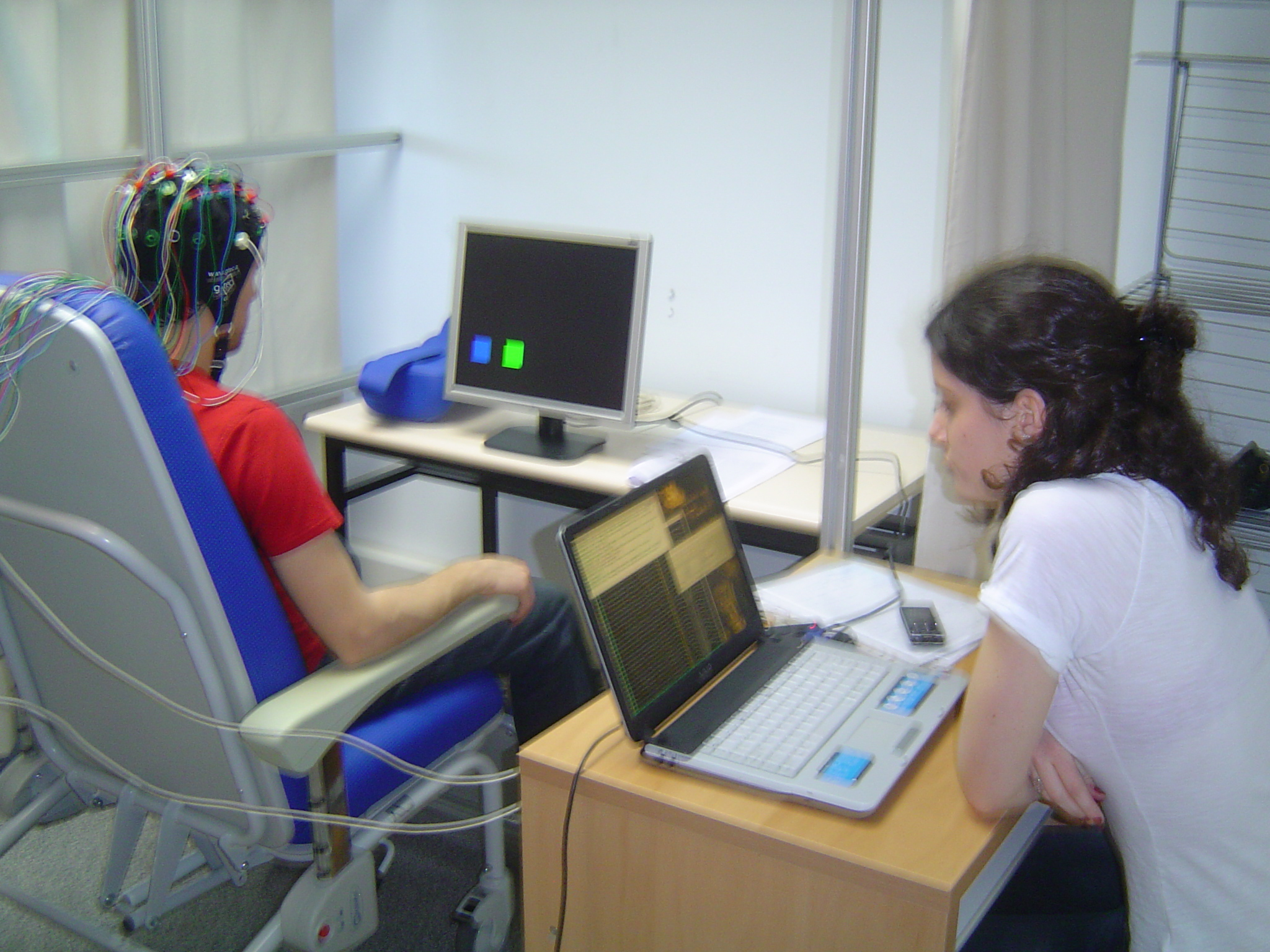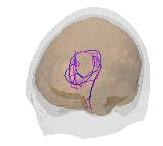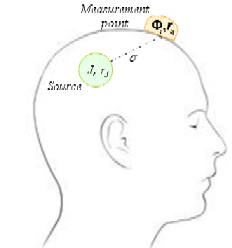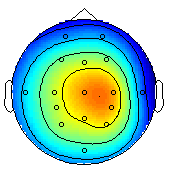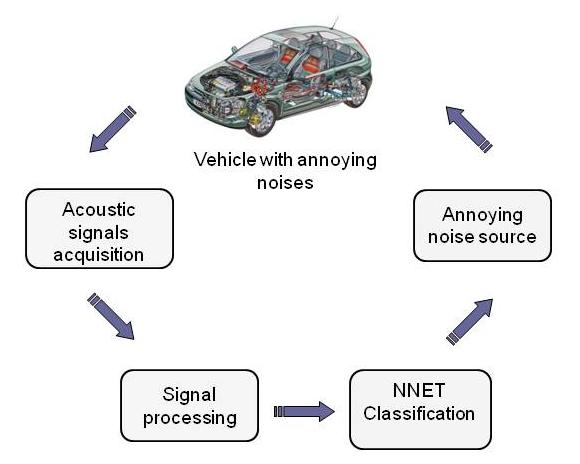RESEARCH PROJECTS
| Dynamic solution to the EEG source localization (EEG-SL) problem | From the dynamic probabilistic model of the EEG-SL problem, we formulate the Kalman Filter and Particle Filter solutions for the dipolar and non-linear approach. In order to test the algorithms, we designed an experimental protocol based on error-related potentials. Results confirm the activation of the anterior cingulate cortex which is associated with error processing.
|
| Computing electromagnetic brain signals in different head models | EEG and MEG sources are modeled by current dipoles. From the quasi static Maxwell’s equations we derive the Poisson’s equations that describe the EEG and MEG signals generated by neural sources. The Poisson’s equation is solved in three head models, i)infinitum and homogeneous sphere, 2) three-shell concentric spheres and 3) realistic geometry with three tissues.
|
| Tracking stress and rest states using electrophysiological signals | |
| Speech prostestic based on facial EMG | |
| Brain-Teleoperated Mobile Robot between remote places | The user faces a real-time video captured by the robot camera merged with augmented reality. The user concentrates on a target area, then, a visual stimulation process elicits the P300 that enables the brain-computer system to decode the intentions of the user. The system allows performing navigation and visual exploration tasks between remote places via internet.
|
| Non-Invasive Brain-Actuated Wheelchair based on the P300 Neurophysiological Protocol | In operation, the user
faces a screen displaying a real-time virtual reconstruction of the
scenario and concentrates on the location of the space to reach.
|
| Prototype for gravitational wave detection | |
| Diseño de un sistema de moldes para la formación de lístelos | |
| Distribución y organización de los procesos de la empresa Decora y Construye | |
| Identifying squeaks and rattles in vehicles | It has been developed a system that identify annoying noises inside vehicles. The system first measures the sound signals inside the cabin and motor of vehicles during dynamic tests. Then, signal processing techniques are used to obtain the annoying noises. Subsequently, an artificial neural network is used to classify the detected noise with the sources of the squeaks and rattles.
|
Research Projects
